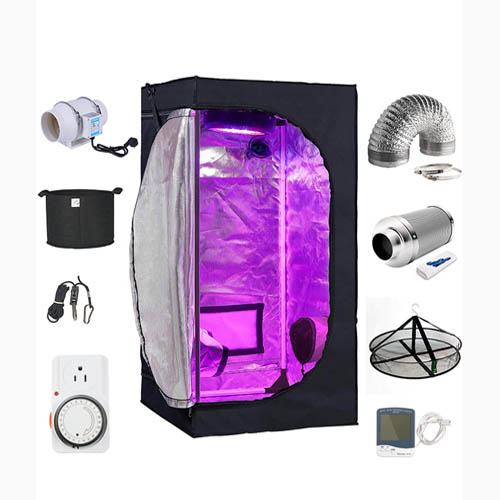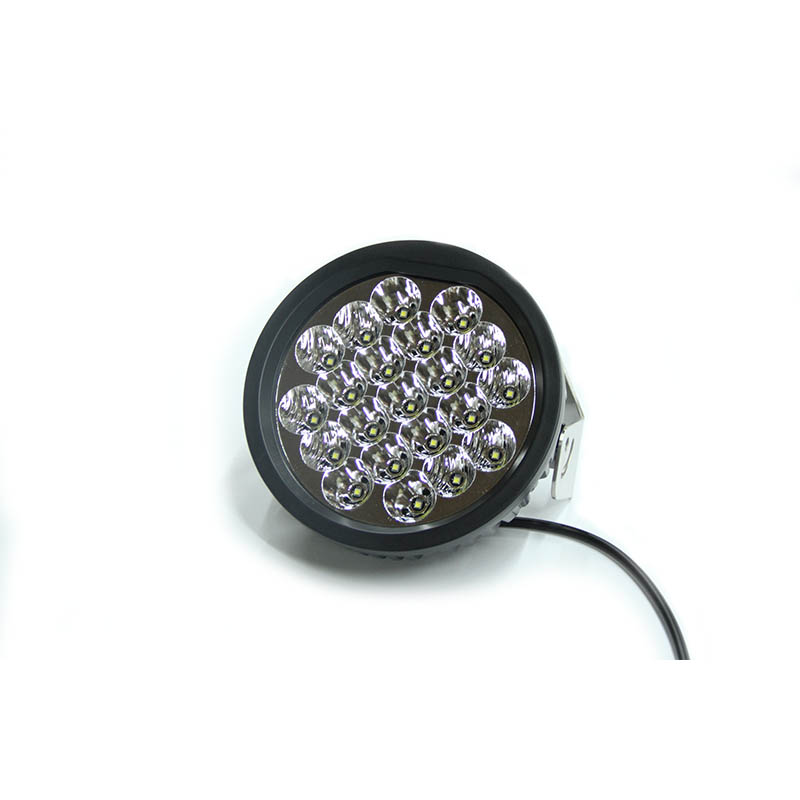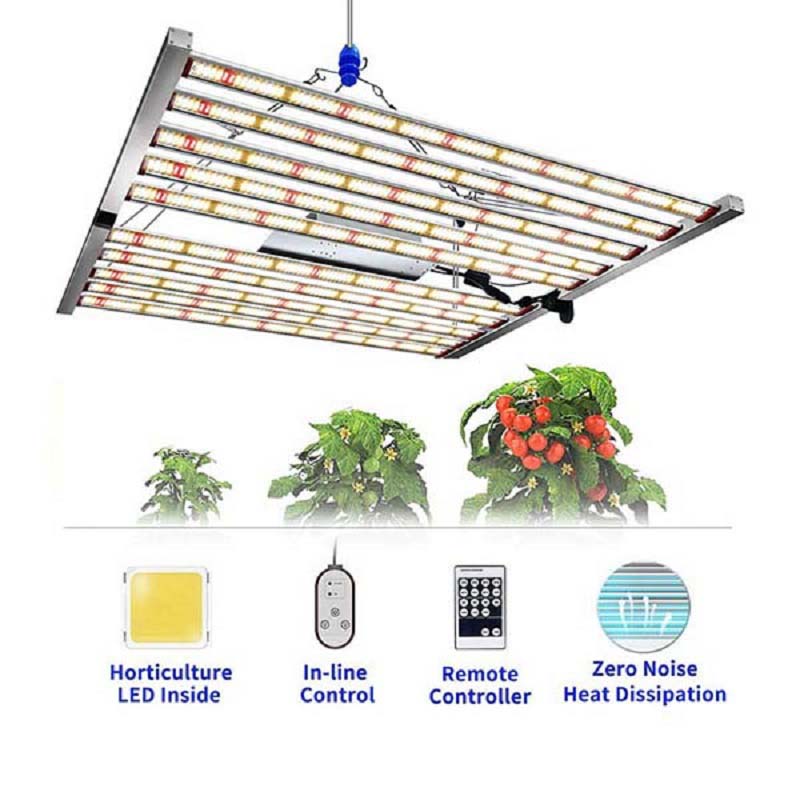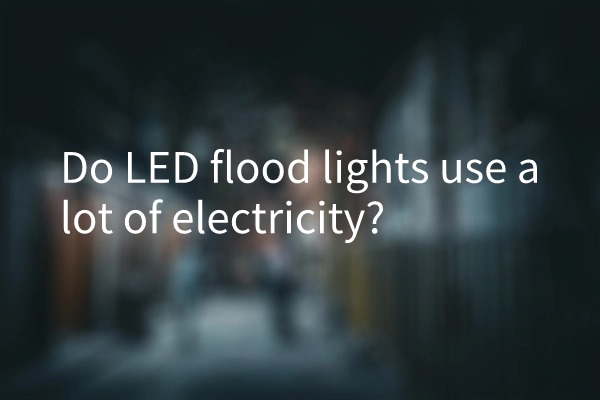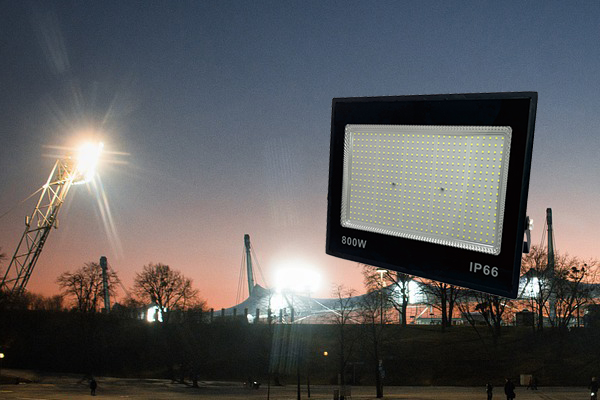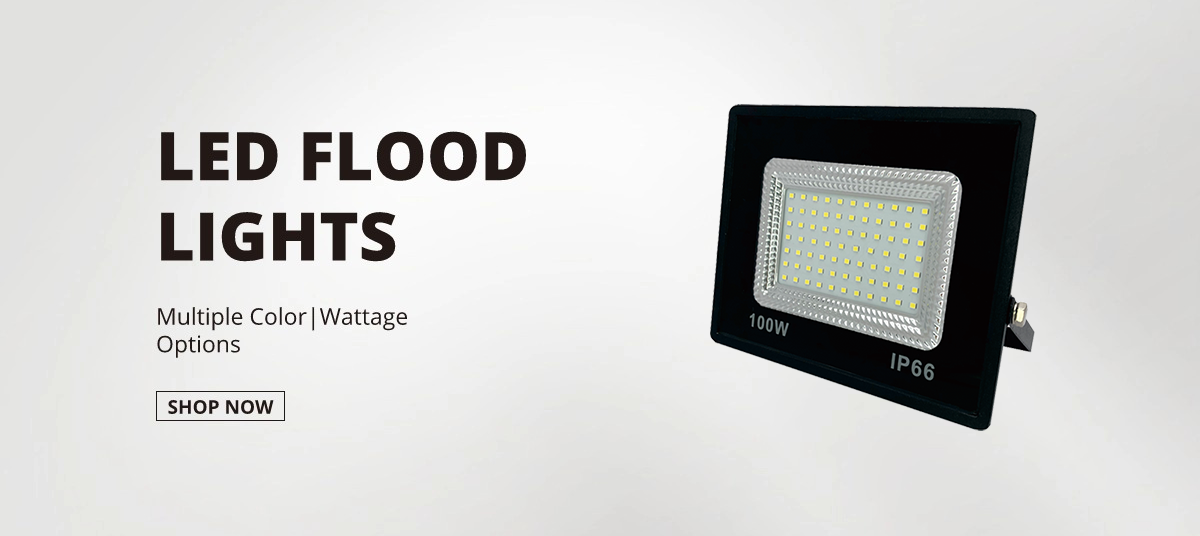RGB, which stands for Red, Green, and Blue, is a common term associated with LED lights. LED (Light-Emitting Diode) lights are widely used in various applications, including lighting, displays, and visual effects. Understanding what RGB represents in LED lights is key to appreciating their versatility and functionality.
RGB refers to the three primary colors used in additive color mixing—red, green, and blue. By combining different intensities of these three colors, a wide range of colors can be produced. In LED lights, RGB refers to the use of individual red, green, and blue LED elements or diodes within a single lighting fixture or display.
Each LED diode emits a specific color—red, green, or blue—when an electric current passes through it. By controlling the intensity or brightness of each diode, various colors can be achieved. When all three colors are at their maximum intensity, the resulting light appears white. By adjusting the intensity of each color, different shades and hues can be created, allowing for vibrant and dynamic lighting effects.
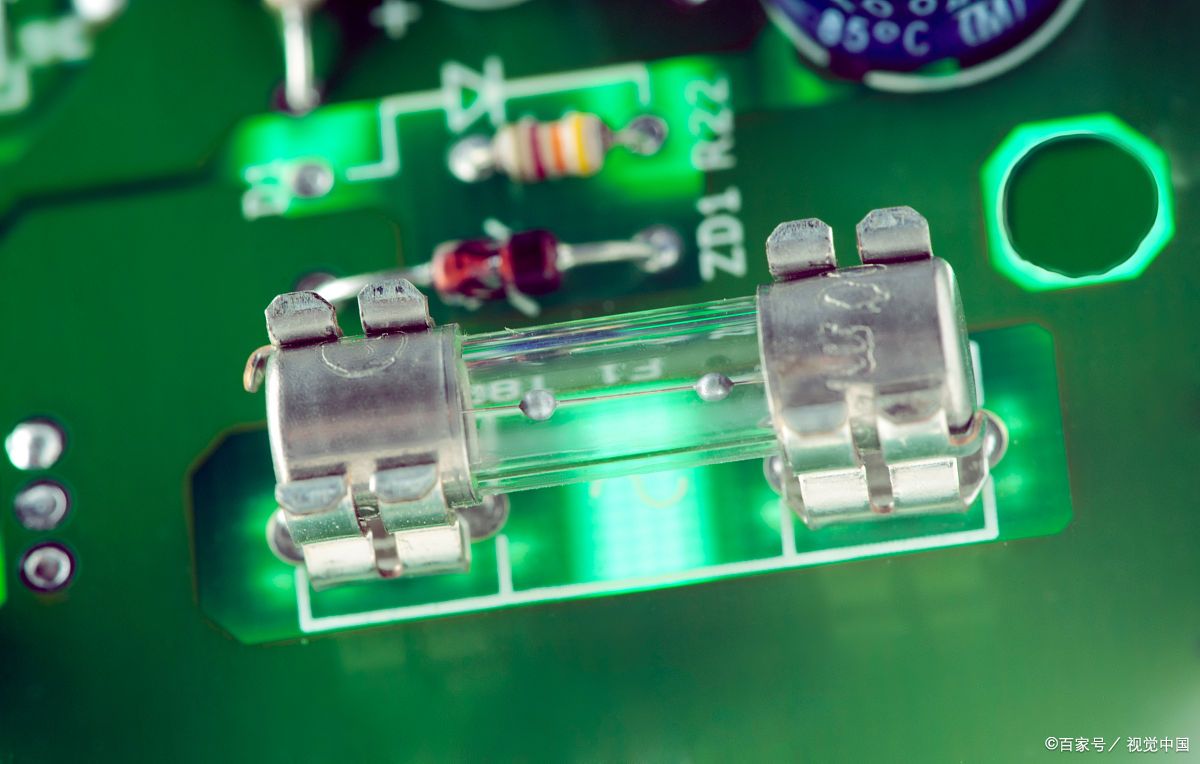 RGB LED lights are commonly used in applications where color customization and control are desired. For instance, in architectural lighting, RGB LED strips or fixtures can be used to create ambient lighting with adjustable colors to suit different moods or settings. Similarly, in stage lighting, RGB LED fixtures enable lighting designers to create captivating light shows with a spectrum of colors and effects.
RGB LED lights are commonly used in applications where color customization and control are desired. For instance, in architectural lighting, RGB LED strips or fixtures can be used to create ambient lighting with adjustable colors to suit different moods or settings. Similarly, in stage lighting, RGB LED fixtures enable lighting designers to create captivating light shows with a spectrum of colors and effects.
One of the advantages of RGB LED lights is their energy efficiency. Compared to traditional lighting sources, such as incandescent bulbs, LED lights consume significantly less power while delivering comparable or even superior brightness. This makes RGB LED lights an environmentally friendly choice for lighting solutions.
To harness the full potential of RGB LED lights, various control methods are available. Commonly used control systems include DMX (Digital Multiplex) and PWM (Pulse Width Modulation). These systems allow precise control over the intensity and color output of each individual LED diode, enabling intricate lighting designs and seamless transitions between colors.
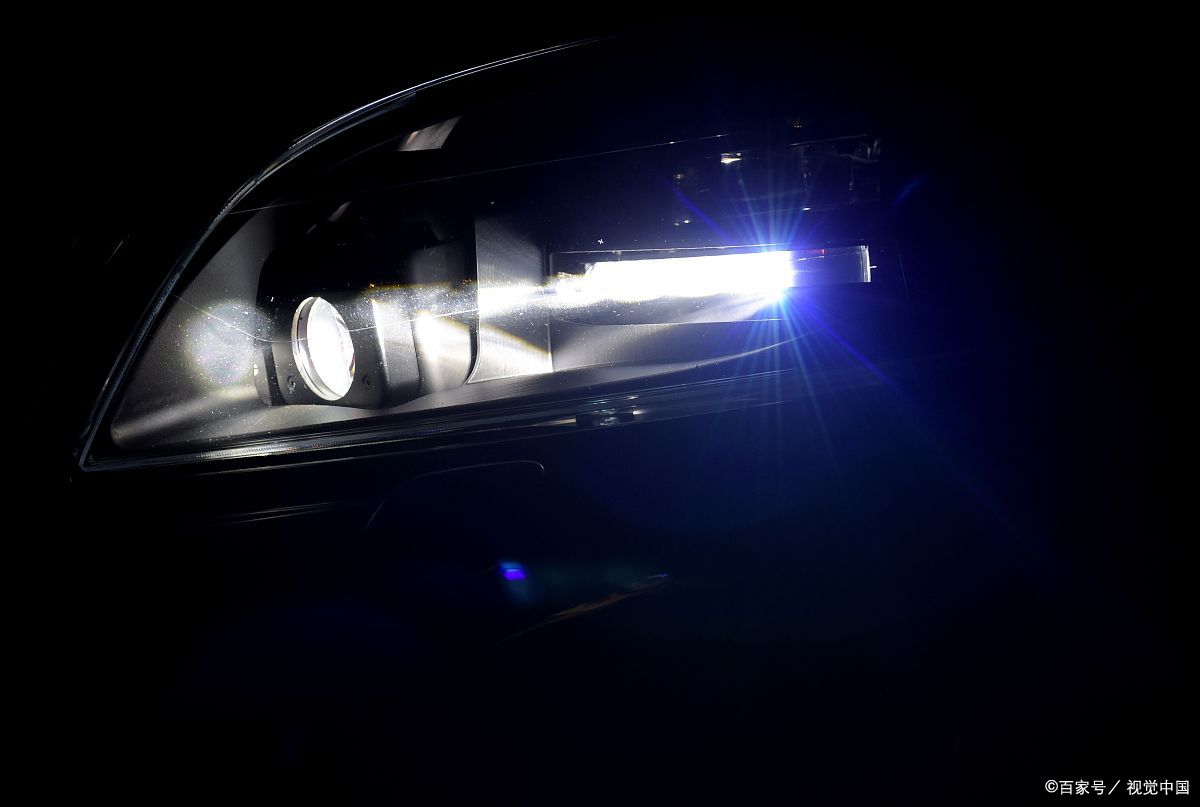
RGB LED lights have found widespread use in entertainment venues, residential spaces, commercial buildings, and even outdoor environments. They provide an extensive color palette and flexibility, allowing users to create personalized and immersive lighting experiences.
In conclusion, RGB in LED lights stands for Red, Green, and Blue—the three primary colors used in additive color mixing. By combining different intensities of these colors, a vast array of hues can be achieved in LED lighting applications. RGB LED lights offer versatility, energy efficiency, and precise control, making them ideal for various purposes, including decorative lighting, stage lighting, and architectural lighting. With their ability to create dynamic and captivating lighting effects, RGB LED lights continue to enhance our visual experiences in diverse settings.





